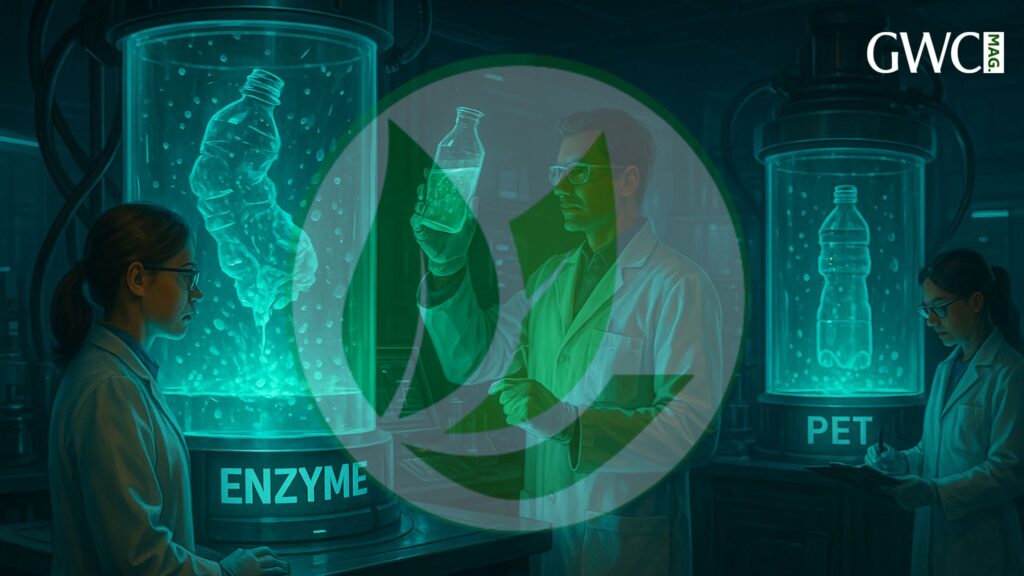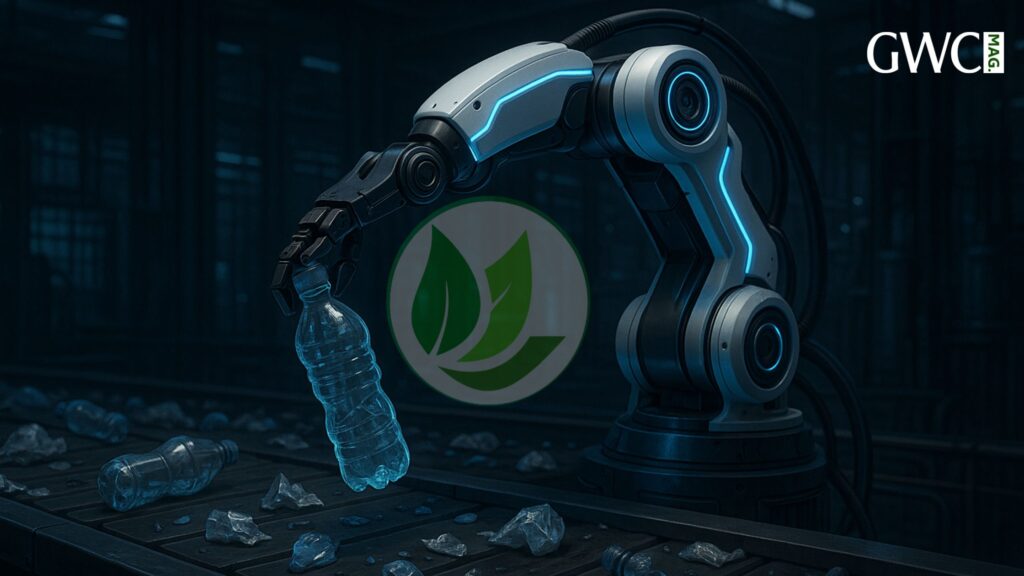Introduction
The waste management and recycling industry is undergoing a massive transformation, driven by technological advancements, stricter regulations, and a global push toward sustainability. With the circular economy gaining momentum, businesses and governments are rethinking how waste is collected, processed, and reused.
In this 2,000-word deep dive, we explore the top trends revolutionizing waste management, including:
✅ The rise of the circular economy
✅ Breakthroughs in plastic recycling
✅ AI-powered waste sorting systems
✅ Government policies shaping the industry
✅ Sustainable business practices reducing landfill waste
Let’s uncover how these innovations are making waste management smarter, greener, and more efficient.
1. The Future of the Circular Economy in Waste Management
What is the Circular Economy?

Unlike the traditional “take-make-dispose” model, a circular economy keeps resources in use for as long as possible by:
Converting waste into new raw materials
Designing products for longevity and recyclability
Promoting reuse, repair, and remanufacturing
How Businesses Are Adopting Circular Practices
- Fashion Industry: Brands like Patagonia and H&M now offer clothing recycling programs.
- Electronics: Companies like Apple and Dell recover metals from old devices.
- Food Waste: Startups like Too Good To Go combat food waste via discount apps.
Challenges & Opportunities
- Challenge: High initial costs for recycling infrastructure.
- Opportunity: Governments are offering tax incentives for circular business models.
🔍 Key Takeaway: The circular economy is no longer a niche concept—it’s becoming mandatory for sustainable growth.
2. Latest Innovations in Plastic Recycling

The Global Plastic Waste Crisis
Microplastics are polluting oceans and entering the food chain.
Over 400 million tons of plastic are produced yearly, but only 9% is recycled.
Breakthrough Technologies Changing Plastic Recycling
A. Chemical Recycling (Advanced Recycling)
- Converts plastic waste back into virgin-quality materials.
- Companies like Loop Industries and Brightmark are scaling this tech.
B. Enzymatic Recycling
- Uses engineered enzymes (e.g., Carbios) to break down PET plastics.
- Faster and more efficient than traditional mechanical recycling.
C. AI-Powered Sorting Robots
- Machine learning helps robots identify and separate plastic types with 95% accuracy.
- Companies like AMP Robotics are leading this space.
📈 Industry Impact: These innovations could double global plastic recycling rates by 2030.
3. How AI is Revolutionizing Waste Sorting Efficiency

The Problem with Manual Sorting
Contamination (e.g., food residue on recyclables) reduces recycling quality.
Slow, expensive, and prone to errors.
AI & Robotics in Waste Management
A. Smart Waste Bins
- Sensors detect fill levels, optimizing collection routes (e.g., Bin-e, Enevo).
B. AI-Powered Recycling Plants
- Computer vision identifies materials at 200+ items per minute.
- Reduces reliance on human labor.
C. Predictive Analytics for Waste Collection
- AI predicts peak waste generation times, cutting fuel costs by 20%.
🚀 Future Outlook: AI could make zero-waste cities a reality by 2035.
4. Government Policies Driving Change

Key Regulations Shaping the Industry
| Policy | Impact |
|---|---|
| EU’s Single-Use Plastics Ban | Forces companies to adopt biodegradable alternatives. |
| U.S. EPA’s National Recycling Strategy | Aims for a 50% recycling rate by 2030. |
| Extended Producer Responsibility (EPR) | Makes brands financially responsible for recycling their packaging. |
How Businesses Should Adapt
- Invest in recyclable packaging (e.g., compostable bioplastics).
- Partner with waste-tech startups for compliance.
5. Sustainable Business Practices Reducing Landfill Waste

Corporate Case Studies
Unilever: Cut plastic usage by 15% through lightweight packaging.
IKEA: Uses 100% recycled or renewable materials in products.
How Small Businesses Can Participate
- Go paperless with digital invoicing.
- Partner with local recyclers for closed-loop systems.
Conclusion: The Path Forward
The waste management industry is at a tipping point, with AI, circular economy models, and policy changes driving unprecedented progress. Companies that embrace these trends early will not only comply with regulations but also gain a competitive edge.
🔗 Next Steps for Readers:
- Audit your waste streams to identify recycling opportunities.
- Explore AI waste management solutions if you run a large facility.
- Advocate for stronger recycling policies in your community.
By 2030, waste could become a resource, not a burden—thanks to these groundbreaking innovations.
